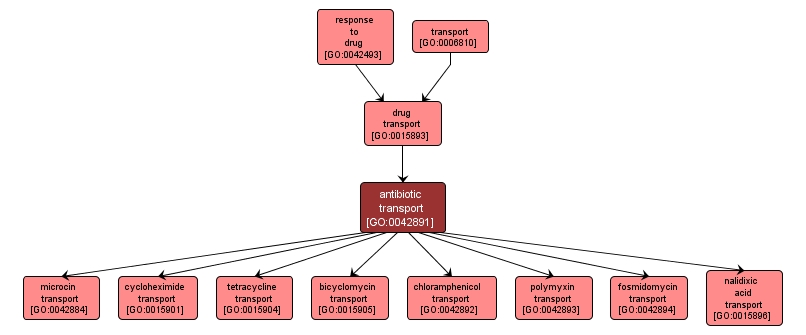| Desc: |
The directed movement of an antibiotic, a substance produced by or derived from certain fungi, bacteria, and other organisms, that can destroy or inhibit the growth of other microorganisms, into, out of, within or between cells by means of some external agent such as a transporter or pore. |














